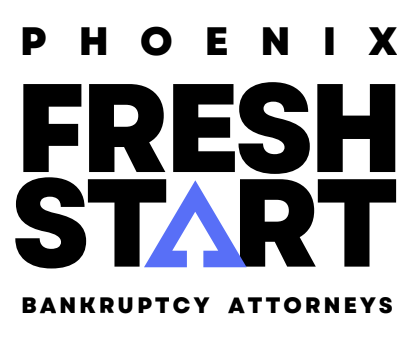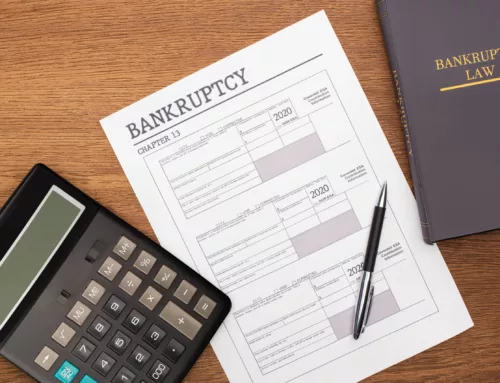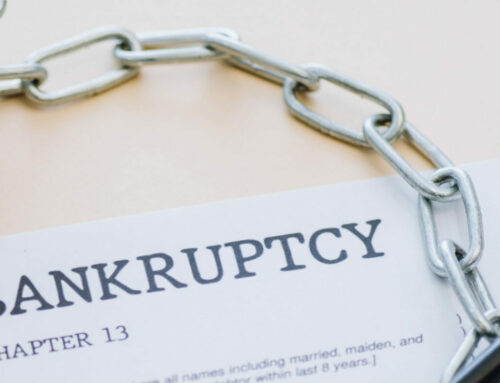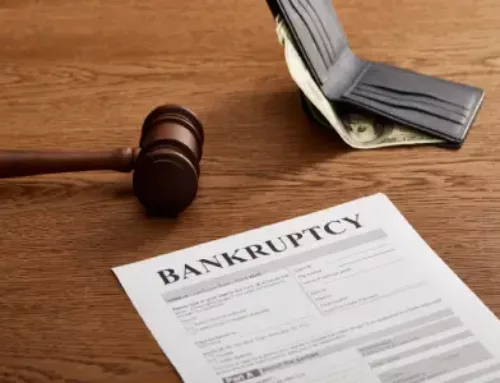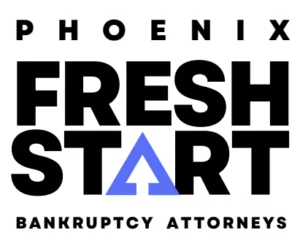This pandemic is putting a lot of Americans into financial hardship and many have been considering bankruptcy, which is one of the ways to get a fresh start. You can ask the United States bankruptcy court for bankruptcy protection a second time if you’re suffering from wage garnishment from unpaid tax debt, medical bills, student loan debt, or whatever other types of debt you may have incurred.
In this article, we’ll give you a brief overview of bankruptcy, the different bankruptcy chapters, and alternatives to bankruptcy. If you need any more bankruptcy help, it’s best to talk it over with bankruptcy attorneys.
When you file for bankruptcy protection, you can solve financial problems by getting a legal way to permanently wipe your debt through a bankruptcy discharge. The United States Bankruptcy Code provides for multiple types of bankruptcy you can file for as a consumer, this article will focus on the more common ones: Chapter 7 and Chapter 13.
Different Types of Bankruptcy Explained
 Filing Chapter 7 bankruptcy (AKA liquidation bankruptcy) gets rid of MOST debt without debt repayment. Through this process, your non-exempt assets are liquidated to repay your debts.
Filing Chapter 7 bankruptcy (AKA liquidation bankruptcy) gets rid of MOST debt without debt repayment. Through this process, your non-exempt assets are liquidated to repay your debts.
Chapter 13 bankruptcy is known as reorganization bankruptcy or the wage earner’s plan. Through this bankruptcy chapter, a debtor follows a monthly repayment plan to pay for the debt. After bankruptcy, the debts that are not repaid through this plan may be discharged. If you’re considering bankruptcy, contact our bankruptcy law firm to find which chapter is best for you.
How many times can I file?
Bankruptcy filings may be done as many times as you can! The only limit is that bankruptcy rules state that a certain period needs to pass before you can file bankruptcy after the previous case that results in discharge. Bankruptcy laws prevent people from abusing the bankruptcy process, by accumulating the amount owed and just filing for bankruptcy whenever they feel like it.
What are the Time Limits?
The time limits depend on the previous case filed, and the new case to be filed. The time starts from when the former case was filed with the bankruptcy court as shown below:
- Chapter 13 bankruptcy ➡ Chapter 13 bankruptcy: 2 years
- Chapter 7 bankruptcy ➡ Chapter 13 bankruptcy: 4 years
- Chapter 13 bankruptcy ➡ Chapter 7 bankruptcy: 6 years
- Chapter 7 bankruptcy ➡ Chapter 7 bankruptcy: 8 years
Is there a bankruptcy alternative?
If you’re unable to file for bankruptcy due to the time restriction, there are other ways you can get debt relief. You may opt for debt settlement or debt consolidation. Consult with an experienced lawyer now to know your bankruptcy options.
If you are going under due to what you owe such as medical debt, credit card debt, or if you need to stop creditor harassment, your best bet is to hire bankruptcy lawyers from our law firm, Phoenix Fresh Start Bankruptcy Attorneys. Talk to a bankruptcy attorney to help with your paperwork on your ongoing bankruptcy filing. Contact us today at 602-598-5075 for a free legal consultation!
